Almost quarterly, another report is added to the growing collection indicating that our natural environment is not healthy, under imminent threat and that drastic, expedient action is needed to halt further damage. The built environment sector has responded, in sort, by assessing design theory, re-examining construction practices, and updating codes, all in the spirit of sustainability. While there is debate as to the extent and impact of these actions, they are steps in the right direction, and terms such as LEED, net-zero, and carbon footprint have migrated into our daily lexicon.
Unfortunately, there is also another climate crisis currently taking place in the built environment, particularly in the construction industry: the business environment. This is not how well a company separates their recyclables or if they use FSC recycled paper in the printer; it goes much deeper than that. While many construction organizations are building cutting-edge sustainable structures, their offices are operating on the opposite end of the sustainability spectrum. Four high-impact areas that organizations can look at to improve their holistic sustainability are: Training, Communication, Mentorship and Leadership
Training
Most view training as a required activity to tick a box on a performance review sheet or to maintain a credential. This is mostly the byproduct of the situation in which training was offered or explained; as something to endure. However, training (inclusive of further education and professional development) is an investment and once viewed and treated that way, the perception alters. Yes, investments do not always yield a favorable return and some training just doesn’t have the impact desired. However, as Henry Ford once said, “The only thing worse than training your employees and having them leave is not training them and having them stay.”
Communication
Ask any championship sports team about what helped them achieve greatness and undoubtedly communication is on the list. Communication in the construction industry is about keeping people informed. This can be a formal monthly newsletter or just informal hallway chatter. However, keeping everyone informed as to what is going on in the organization is essential to a healthy, sustainable workforce. This is not to say that everyone needs to know the details of the financial statements, but employees should know where the organization stands financially, without having to ask. As George Bernard Shaw said, “The single biggest problem in communication is the illusion that it has taken place.” When employees are ‘in the know’ they feel part of the larger team; we, as humans, are social beings and communication keeps us engaged, valued and welcomed… and less likely to leave.
Mentorship
The word, let alone the idea, of mentorship is enough to make some cringe. Unfortunately, mentorship starts with the best of intentions, but then falls apart because it is either not supported or not valued (most likely a combination of the two). However, mentorship is a wonderful way to improve and strengthen office environments. Mentorship, in its simplest form is guidance received by someone who is deemed trustworthy. Instead of forcing a mentor/mentee relationship, let them form organically where people will naturally gravitate to those they find trustworthy. In return, the relationship that is formed is more authentic, robust and will lead to a greater sense of community… which we all know leads to better companies.
Leadership
While the above three areas are important to help increase office sustainability, they are meaningless without the proper leadership. This cannot be empathized enough; leadership (in whatever title or role) is the heartbeat of the organization. If leadership fails to embrace a sustainable office environment, so to shall the entire organization; it is as simple as that. Without effective, authentic and empathetic leadership, a shift will not occur. To quote the film Remember the Titans, “Attitude reflects leadership, Captain.”
Just like a shift in thinking was required to help tackle the environmental climate crisis, so too is a shift in thinking needed for the business climate. Training, communicating and mentorship are just three areas to help increase a sustainable office environment; there are countless others areas too. Aquafil Group Chairman and CEO, Giulio Bonazzi said, “Sustainability is not a goal to be reached but a way of thinking, a way of being, a principle we must be guided by.” There is no ‘winning’ score in this game. The goal is to keep improving and improving, getting better and better, growing and thriving in business. Isn’t that what sustainability is, after all?
By John Posillico, a Lecturer of Construction Management at Birmingham City University (United Kingdom) and a Project Management Professional (PMP), who has spent more than a decade in the construction industry managing a wide range of healthcare, academic, and heritage projects throughout the United States & Canada. Mr. Posillico has also taught and lectured at numerous Construction Management programs in the Midwest & Eastern Canada.



